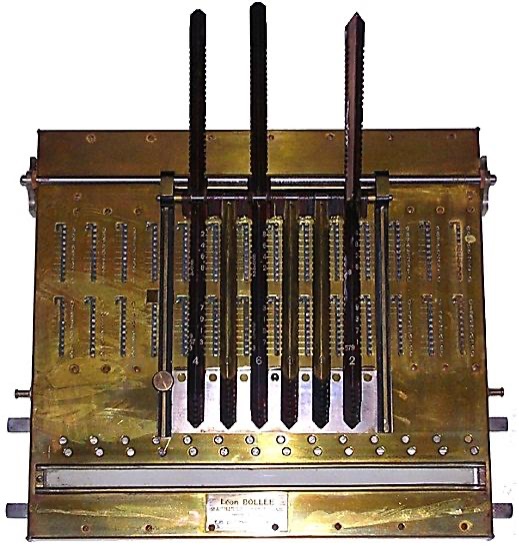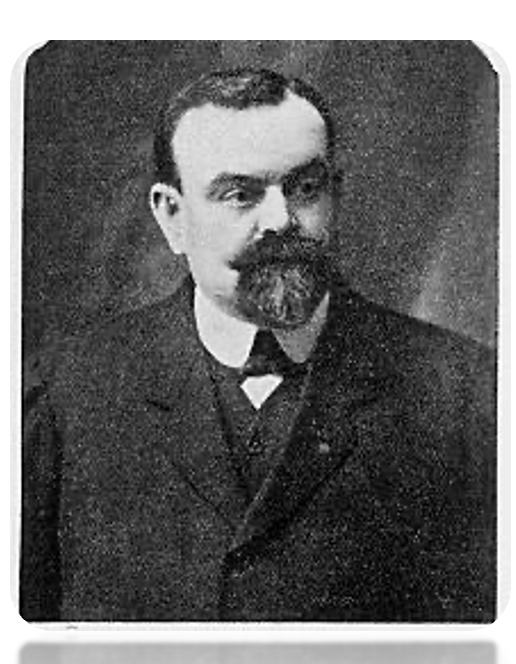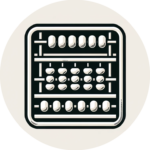ARITHMOGRAPHE of Léon BOLLÉE, 1895
Inventor
Léon BOLLEE (France 1870-1913)
Invention date
1895
Manufacturing date:
1895
Manufacturing location
France
Manufacturer
Léon Bollée
Dimensions
L 30 H3 W 29
Reference Number
026

History and Functionality
Leon BOLLEE (France) at age 19 received a first prize at the Universal Exhibition of 1889 in Paris for a revolutionary machine that allows you to automatically perform multiplication and division. An inspired inventor, he continued his work and began the construction of several prototypes, one of which is based on the BABBAGE difference machine.
In 1895 he designed the “arithmographe” which can do the four operations. This instrument combines the techniques of a straight adder (derived from the TRONCET device) with a set of overlapping strips of GENAILLE type.
This tool enables additions with numbers of 14 digits. It has six sets of 10 strips to perform multiplication. The graduations of these strips tell the operator where to put the stylus to slide the bars of the straight adder.
The machine has two sets of windows to display the result.
A very limited number of this machine was produced in 1895. Subsequently Leon BOLLEE abandoned the construction of calculating machines to devote himself to building automobiles. He is the creator of the famous “Le Mans Race” in France.
About The Inventor
Léon Bollée, a notable French inventor born in 1870, made significant contributions to the field of mechanical calculation during the late 19th and early 20th centuries. He is best known for his invention of the Bollée calculating machine, a sophisticated device that marked a leap forward in the evolution of computing technology.
Introduced in the 1890s, the Bollée calculating machine was an advanced arithmometer, capable of performing complex arithmetic operations like multiplication and division more efficiently than many of its contemporaries. This machine stood out for its innovative use of a stepped drum mechanism, which allowed for quicker and more accurate calculations. It was one of the first calculators to use this mechanism, which would later become a standard in mechanical calculators.
Bollée’s invention was particularly notable for its ability to handle long calculations with large numbers, a task that was both time-consuming and error-prone when done manually. The Bollée calculator found widespread use in scientific, engineering, and commercial applications, reflecting the growing need for efficient computational tools during the Industrial Revolution.
Apart from his contributions to computing, Léon Bollée was also a pioneer in the automobile industry, further showcasing his versatile ingenuity. His work in mechanical calculation, however, remains a cornerstone in the history of computing. Bollée’s achievements illustrate the innovative spirit of the era and his machines are celebrated as precursors to modern computational devices, bridging the gap between manual calculations and the age of automated computing.

